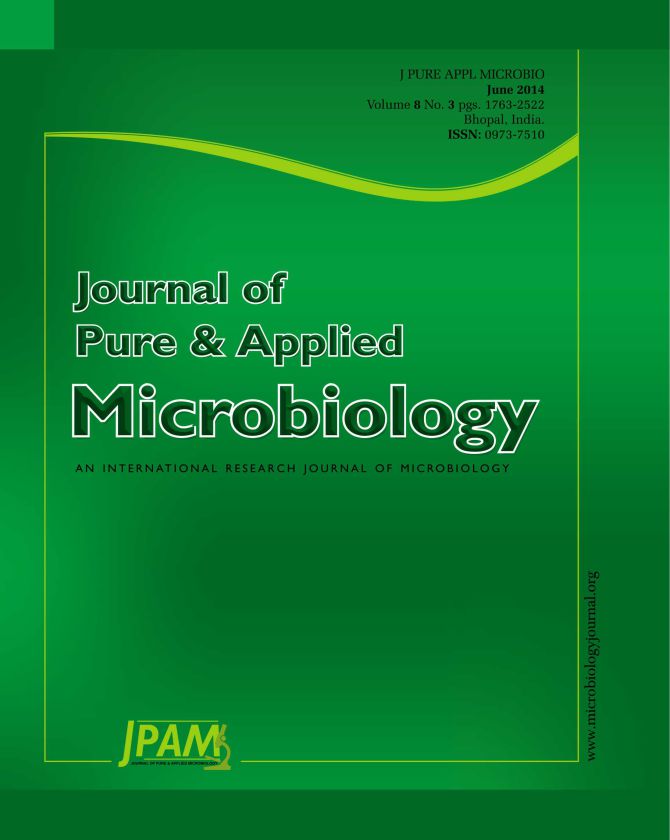In the present study, 17 fungal isolates were isolated from various soils and substrate samples. However, only 11 identified isolates were found to be lovastatin producers. Lovastatin is known as a competitive inhibitor of 3-hydroxy-3-methylglutaryl-CoA reductase (HMG-CoA reductase), a rate-limiting enzyme in the cholesterol biosynthesis. The lovastatin production was carried out by solid substrate fermentation technique using a combination of rice bran and brown rice as substrate. The production was primarily determined using thin layer chromatography (TLC) and all the positive results were evaluated by confirmatory HPLC. The results revealed that Fusarium sp. IBRL B3-4 produced the highest lactone type lovastatin with 281.7±44.4 mg/g dry solid of lovastatin after seven days incubation period. The initial profile of the lovastatin production by Fusarium sp. IBRL B3-4 in solid substrate fermentation using a combination of rice bran and brown rice (1:1 ratio) showed the highest lovastatin production of about 425.0±33.3 mg/g dry solid of lovastatin was achieved on day twelfth of cultivation with 2.8±0.1 mg/g fungal growth. The lovastatin and fungal growth production decreased after achieving its maximal production. Fusarium sp. IBRL B3-4 was identified as Fusarium pseudocircinatum IBRL B3-4 by using macroscopic, in situ microscopic and 18S rRNA molecular approach.
Fusarium sp., lovastatin, solid substrate fermentation (SSF), flask system
© The Author(s) 2014. Open Access. This article is distributed under the terms of the Creative Commons Attribution 4.0 International License which permits unrestricted use, sharing, distribution, and reproduction in any medium, provided you give appropriate credit to the original author(s) and the source, provide a link to the Creative Commons license, and indicate if changes were made.


